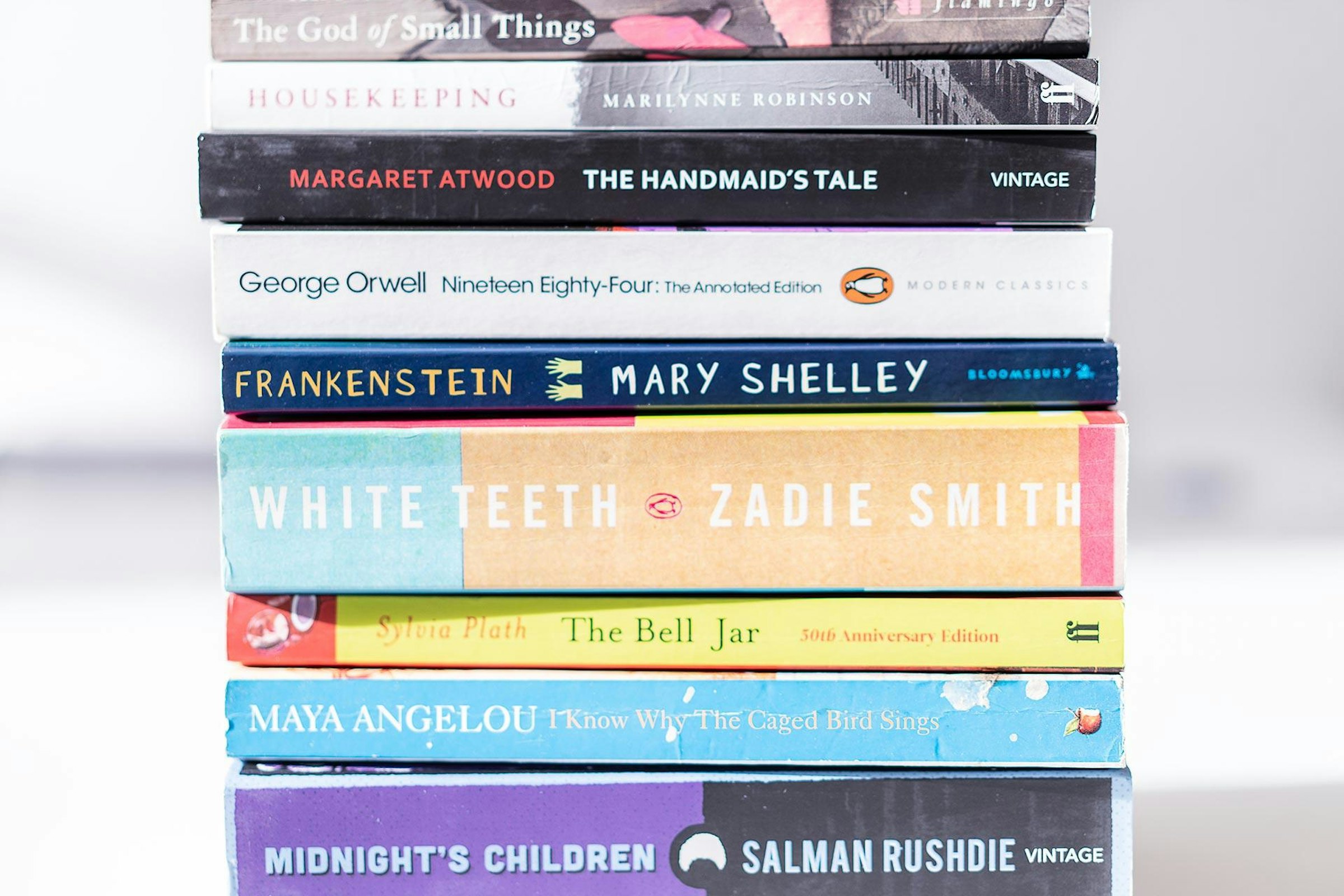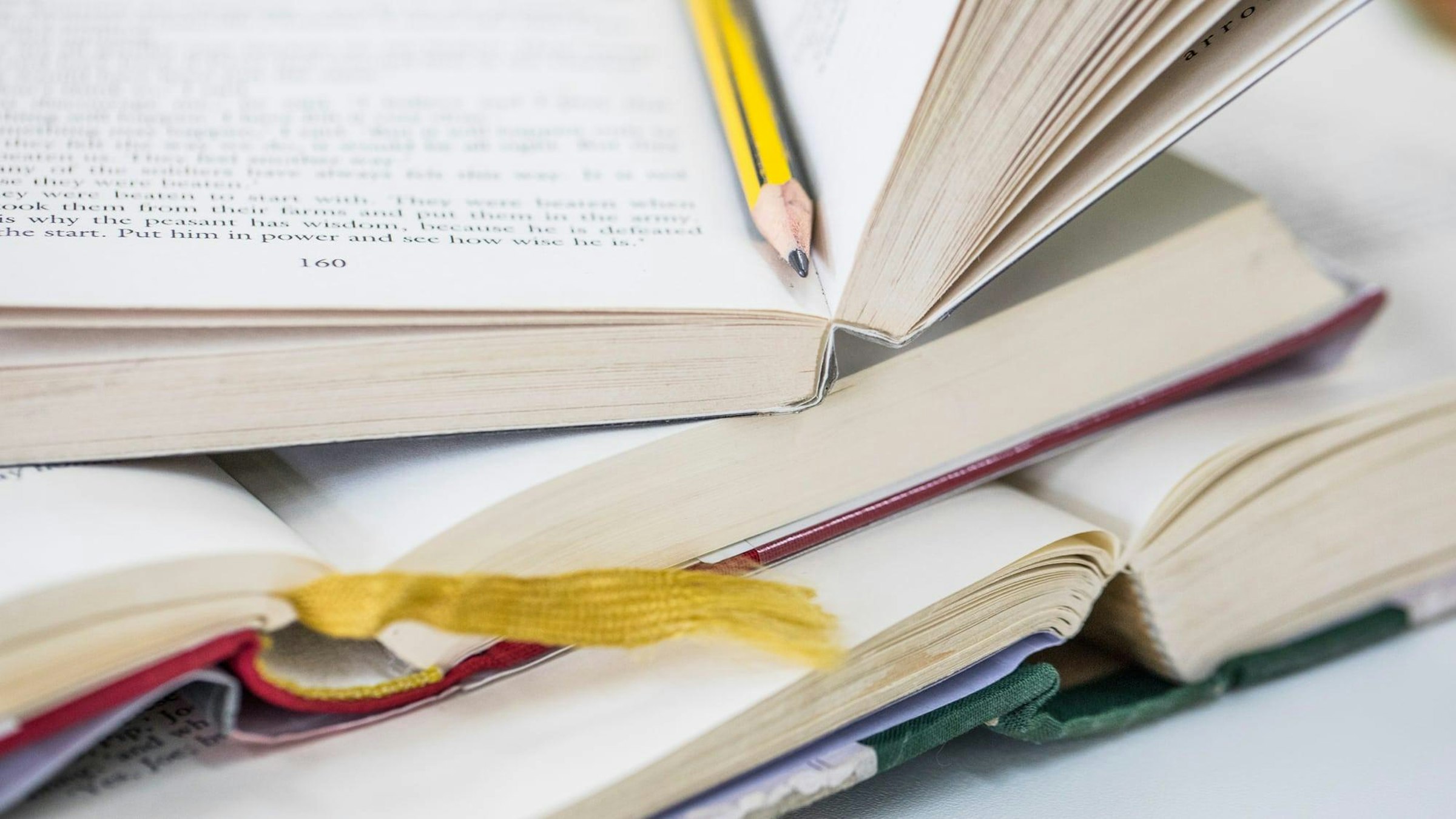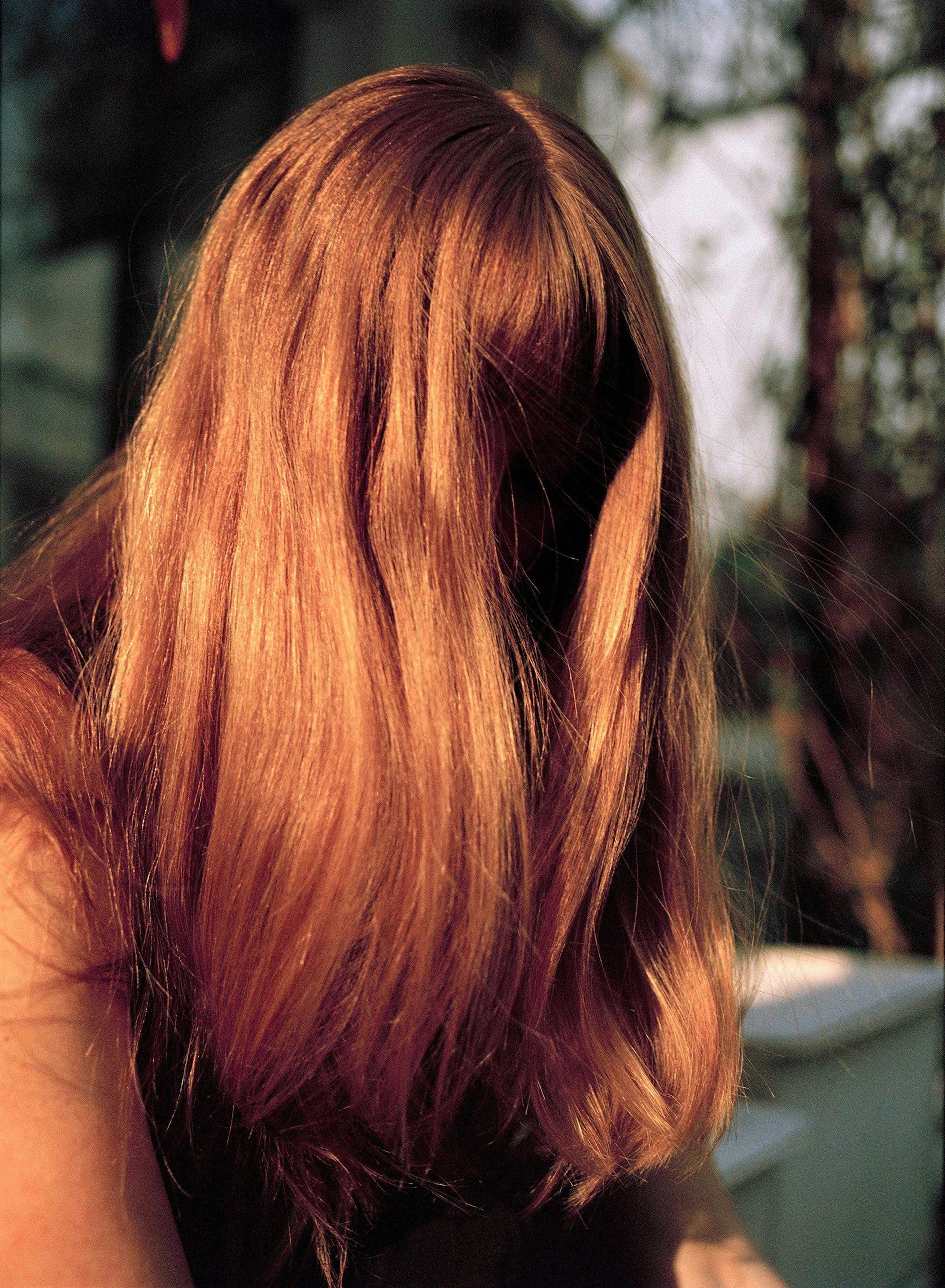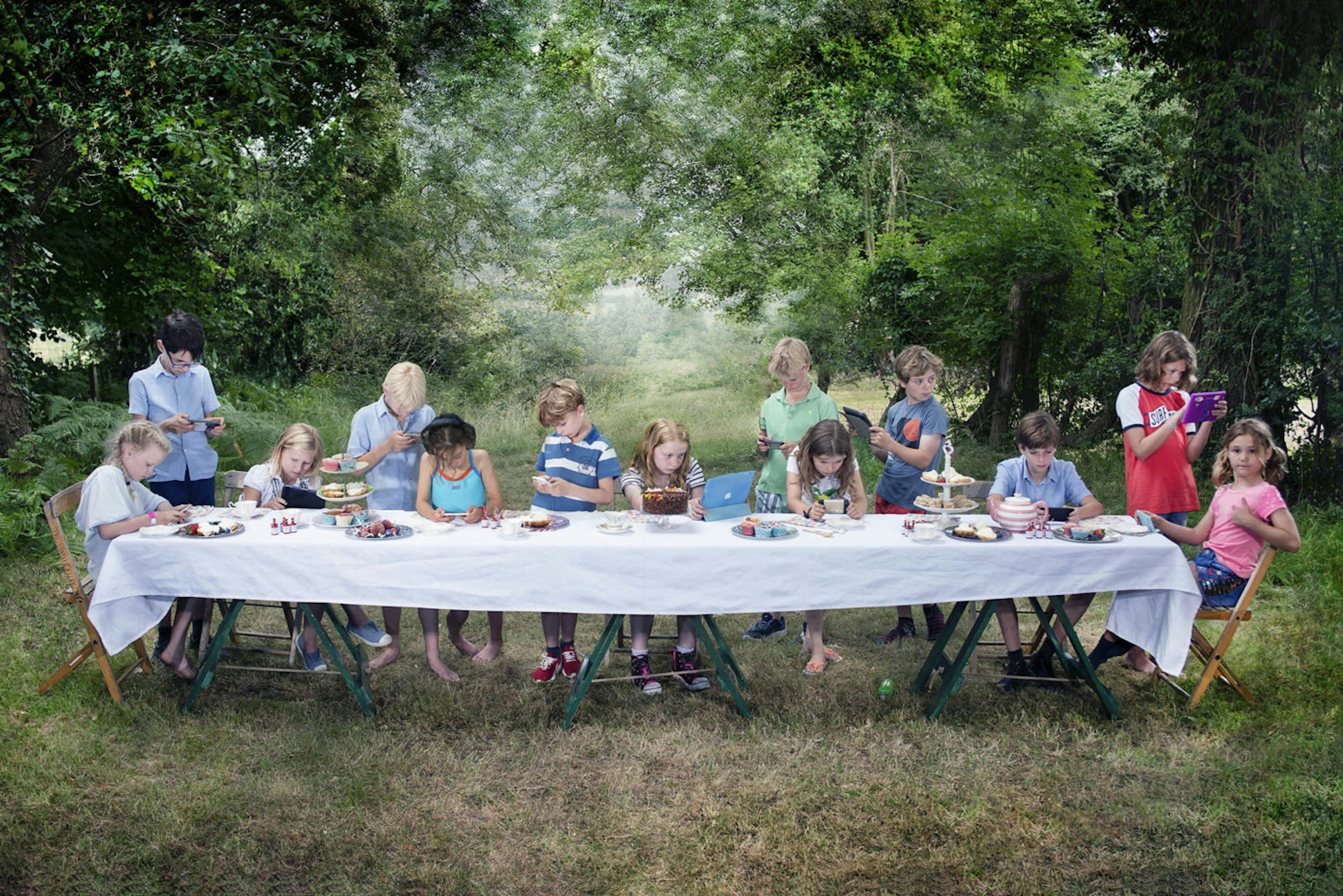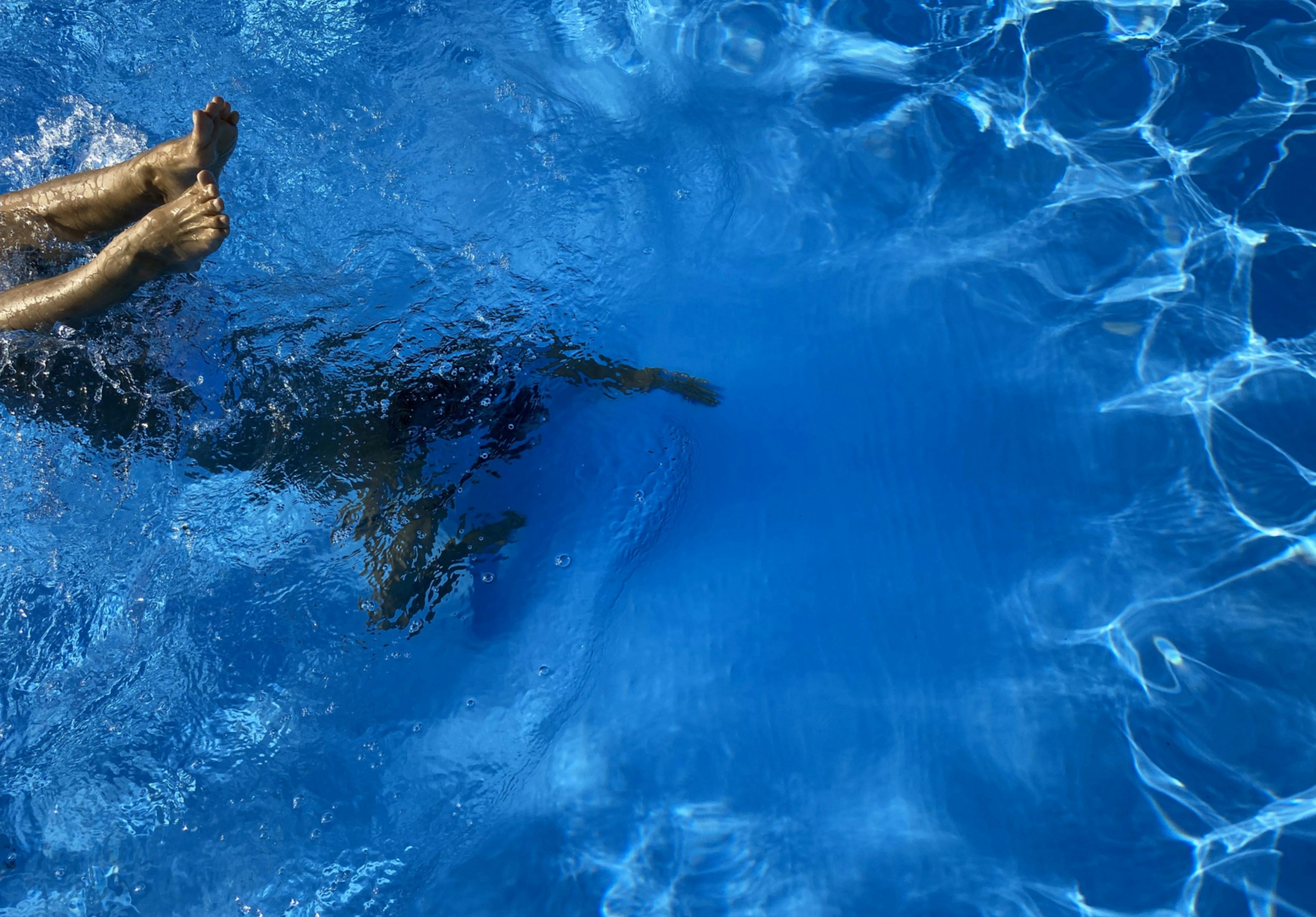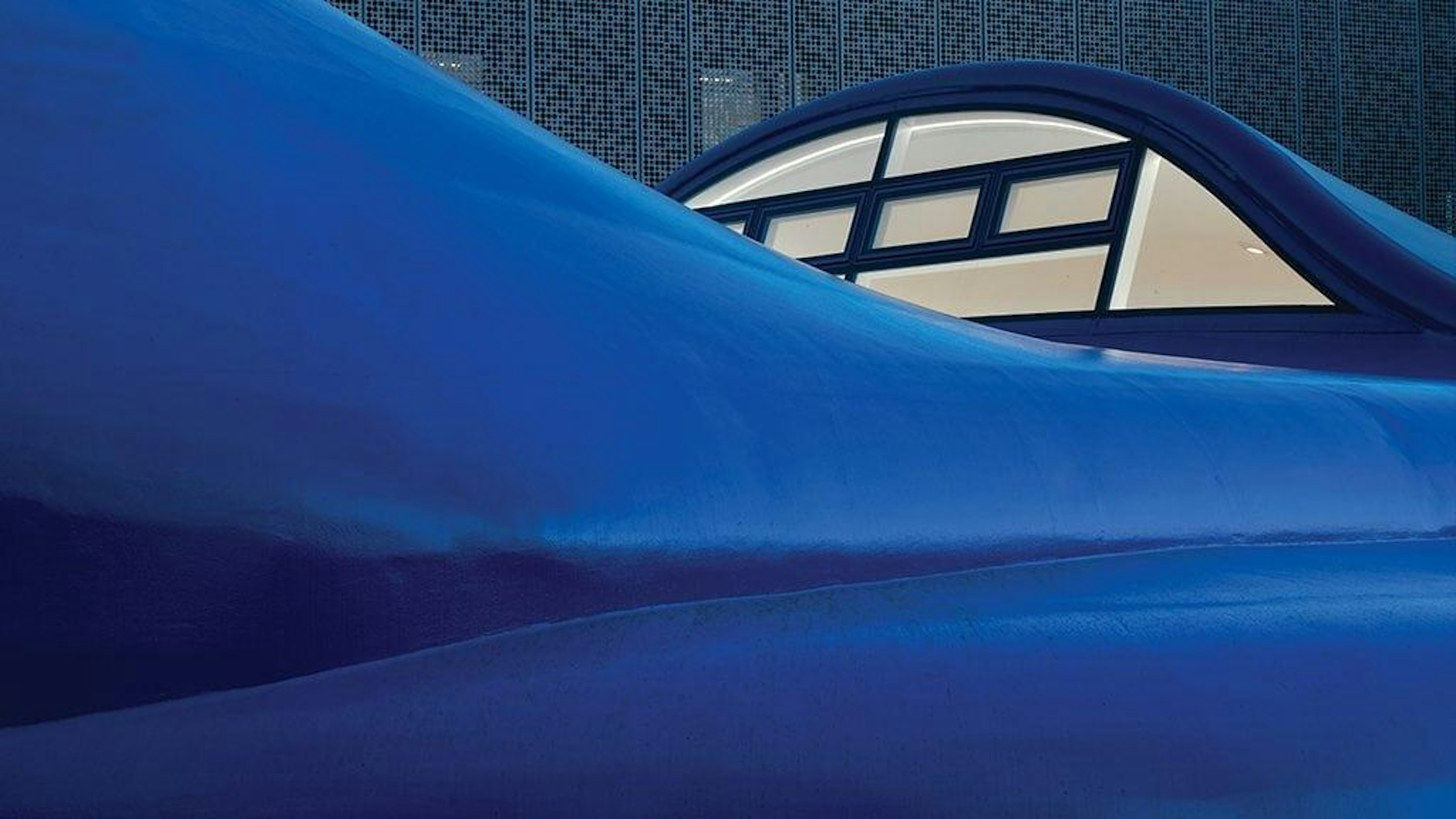
As a short project at the beginning of our second unit, all second years had to create small potion bottle using a two-part silicone mould. We designed the bottle to be used as a film prop to fit into the ‘world’ of a piece of media from a few categories.
I chose to design mine for Disney’s Mulan, drawing inspiration from the film as well as traditional Chinese snuff bottles. During this project, we were instructed through workshops with our unit lead as well as our course technicians.
The most crucial thing to consider when making the master is that any surface finish will come out in the final cast. While the cast can be processed to improve the surface, it's better and easier to start with the desired finish on the master. The choice of material for the master depends on the design and the required finish. I chose to make mine out of chemiwood (a high-density modelling board) and then sprayed it to create a glossy surface finish. Materials that other students chose included aluminium, acrylic rod, 3D print resin, Milliput and polymer clay.
We used buff clay to lay up in preparation for the first pour of silicone. I started with small sections of clay to roughly mass out the area I wanted to create. Then I went in more carefully to build up half of the pour hole, smoothed all the surfaces – especially focusing on the edge of the master – and inserted the ball bearings into the clay. We use ball bearings to create a locking type mechanism to hold the two parts of the mould together. To do this, we have to insert the balls less than 50% in. I personally found it quite a challenge to create a smooth and clean surface with the clay; but with time, I managed to make a surface I was pleased with. Then I assembled the mould box with plywood and screw fixings, rather than glue, as this box would be used again during the process. Then it came to pouring the silicone, for this project we used a platinum cure silicone. I mixed the two parts of the silicone at a 50:50 ratio and then used the vacuum chamber to remove any bubbles. This was then poured over the master.
I left the silicone to cure overnight and started de-moulding it the next day. I removed the clay and the ball bearings, but was very careful not to move or remove the master. This required quite a lot of cleaning to fully remove the clay. When this was complete, I used clay to create the other side of the pour hole, in the same way as last time. I reassembled the box and took it over to the workshop to pour the next section of silicone. Before pouring this, I sprayed it with a mould release (Mac Wax). This is a very important step as silicone loves to stick to itself, so using a mould release means you'll be able to separate the two parts. However, for my project it was important not to spray the master, as Mac Wax creates a matte finish. To cover it, we found that making a rough shape out of tinfoil or clingfilm worked well, as it was easy to cover some of the unusual shapes we had and left no residue. After this, I poured the next section of silicone, in the same way as before.
After the silicone set, it was time for the moment of truth – did the two parts separate nicely? I was pleased that they did; it came apart cleanly and held together very well, which meant it was time to clean the mould and then pour the resin. We were using a deep pour epoxy resin – I mixed the two parts based on the listed proportions, and then created my green tint, using a translucent ‘glass’ epoxy pigment. I also used the vacuum chamber on the resin to remove any bubbles and ensure a clear cast. As the mould was clear, after pouring the resin you can look to see if there were any air bubbles. I had to move my mould around to get rid of an air bubble that had formed in one of the top corners, as it was slightly raised above the pour hole. It's important to fill up the pour hole, to ensure the whole intended section is filled as the resin has a small shrinkage. I went back after a few hours to check that there wasn't any leakage from the mould.
The resin we used was supposed to be cured within 72 hours. However, it was February and one of the coldest weeks we've had this year, so I left mine for about twice as long before really starting to handle it. After de-moulding it, I was very pleased with how clear it was and with the colour of the resin. However, there was a reasonably prominent seam line. In hindsight, I should have made the seam run across the sides, rather than the front and back. I spent a while sanding out the seam line, with wet high grit sandpaper. After cutting off the pour section and sanding I used a polishing compound (T-cut) to polish where I had sanded. This polishing restored the finish of the cast for those sections. While I was doing the moulding and casting process, I created some details with acrylic rod and laser-cut acrylic – these were sprayed, and then I attached them with PVA glue.
Overall, I was very pleased with what I had achieved, as I created a good finish and an effective design. During this process I learnt a lot about how to make two-part moulds – a great skill to have and a clear starting point for understanding what goes into a more complicated moulding and casting process.











